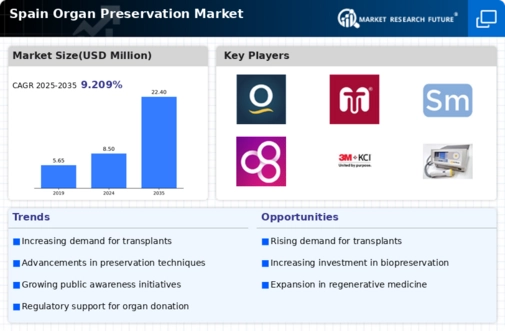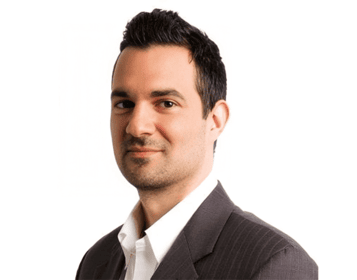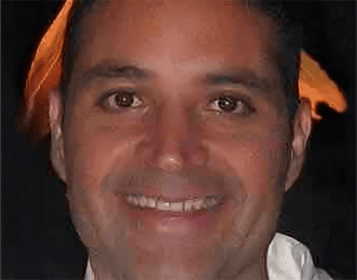The Spain Organ Preservation Market is characterized by a growing demand for advanced preservation technologies, driven by the exponential increase in organ transplantation procedures and an aging population requiring organ retrieval solutions. The competitive landscape is marked by several key players aiming to innovate and enhance organ preservation methods, reflecting trends such as increased focus on minimizing organ damage during storage, extending the viability of organs, and improving transplantation outcomes.
The market dynamics involve a variety of instruments and solutions that cater to different organ types, while companies are competing to establish their presence in terms of quality, technological advancements, and partnerships with healthcare institutions. Organogenesis has positioned itself prominently in the Spain Organ Preservation Market through its strength in regenerative medicine and tissue preservation. The company has leveraged its robust technological capabilities to focus on developing products that enhance the integrity of harvested organs, allowing them to remain viable for extended periods.
Its strong reputation for quality and efficacy in organ preservation solutions has reinforced its position in Spain, where healthcare providers continuously seek reliable and innovative options to optimize transplants. The company's commitment to research and development allows it to stay ahead of the competition, promoting its unique blend of experience and advanced techniques that cater specifically to the Spanish market needs. TransMedics, another significant player in the Spain Organ Preservation Market, is notable for its focus on organ care solutions that transform the landscape of organ transplantation.
The company provides cutting-edge products such as the Organ Care System, which is designed to preserve organs in a functional state during transport and transplantation. This innovative approach not only improves the success rates of transplants but also helps to mitigate adverse outcomes related to ischemic damage. TransMedics has established a solid market presence in Spain, actively engaging in partnerships and collaborations that enhance its distribution capabilities and market penetration.
The company’s strategic mergers and acquisitions have further bolstered its operational strength, allowing it to expand its expertise and technological edge in organ preservation, solidifying its competitive advantage in the region.




















